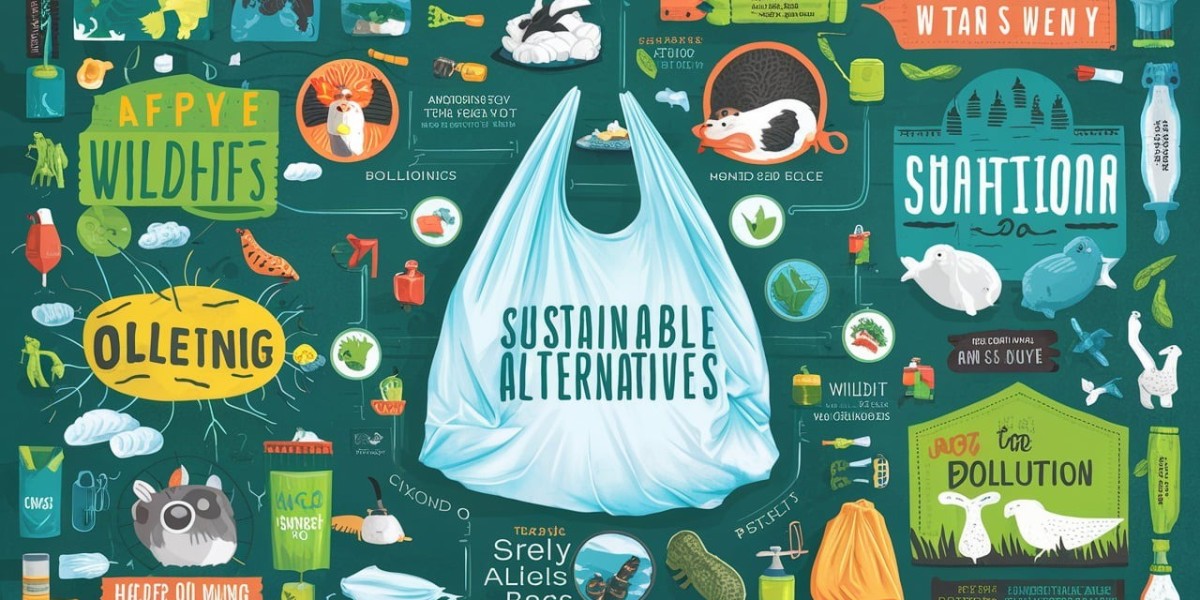Polyethylene bags are ubiquitous in modern life, used for everything from grocery shopping to packaging. Their convenience and low cost have made them a staple in various industries. However, understanding their environmental impact is crucial for making informed choices about their use and disposal.
The Production of Polyethylene Bags
Polyethylene bags are made from polyethylene, a type of plastic derived from petrochemicals. The production process involves extracting oil, refining it, and then polymerizing it into plastic. This process not only requires significant energy but also emits greenhouse gases. The extraction and refining of oil contribute to air and water pollution, as well as habitat destruction.
Environmental Challenges with Polyethylene Bags
One of the most pressing issues with polyethylene bags is their persistence in the environment. These bags do not decompose easily. Instead, they break down into smaller particles known as microplastics. These microplastics can contaminate soil and water, posing risks to wildlife and ecosystems. Animals may ingest these particles, leading to health problems or death. Additionally, polyethylene bags can block drainage systems, causing flooding and other infrastructure issues.
Impact on Marine Life
Polyethylene bags are notorious for their impact on marine environments. When they enter oceans and waterways, they can entangle marine animals or be ingested mistakenly for food. Sea turtles, birds, and other marine creatures are particularly vulnerable to the effects of plastic pollution. Ingested plastic can cause internal injuries, starvation, or death. The presence of polyethylene in marine environments disrupts food chains and contributes to broader ecological imbalances.
Waste Management and Recycling
Polyethylene bags pose challenges for waste management systems. They are lightweight and can easily become entangled in machinery at recycling facilities, leading to operational issues. Although some polyethylene bags are recyclable, they often end up in landfills due to contamination or improper disposal. When polyethylene bags are disposed of in landfills, they can remain intact for hundreds of years, slowly leaching harmful chemicals into the soil and water.
Alternatives to Polyethylene Bags
As concerns about the environmental impact of polyethylene bags grow, various alternatives are being explored. Reusable bags made from materials like cotton, jute, or recycled plastics offer more sustainable options. These alternatives reduce the need for single-use plastics and minimize environmental harm. Educating the public about proper disposal and encouraging the use of eco-friendly alternatives can contribute to mitigating the negative impacts associated with polyethylene bags.
Addressing the Issue
Efforts to address the environmental challenges of polyethylene bags involve a combination of policy measures, technological innovations, and consumer behavior changes. Many cities and countries have implemented bans or restrictions on single-use plastics, including polyethylene bags, to reduce their prevalence. Advances in plastic recycling technologies and the development of biodegradable materials also hold promise for alleviating some of the environmental concerns. Promoting awareness and encouraging responsible use of plastic products are key steps in reducing the impact of polyethylene bags on the environment.
Mitigating the Environmental Impact of Polyethylene Bags
Understanding the environmental impact of polyethylene bags is essential for making more sustainable choices. By recognizing the issues associated with their production, usage, and disposal, individuals and communities can work towards reducing the reliance on these bags and exploring more environmentally friendly alternatives.









